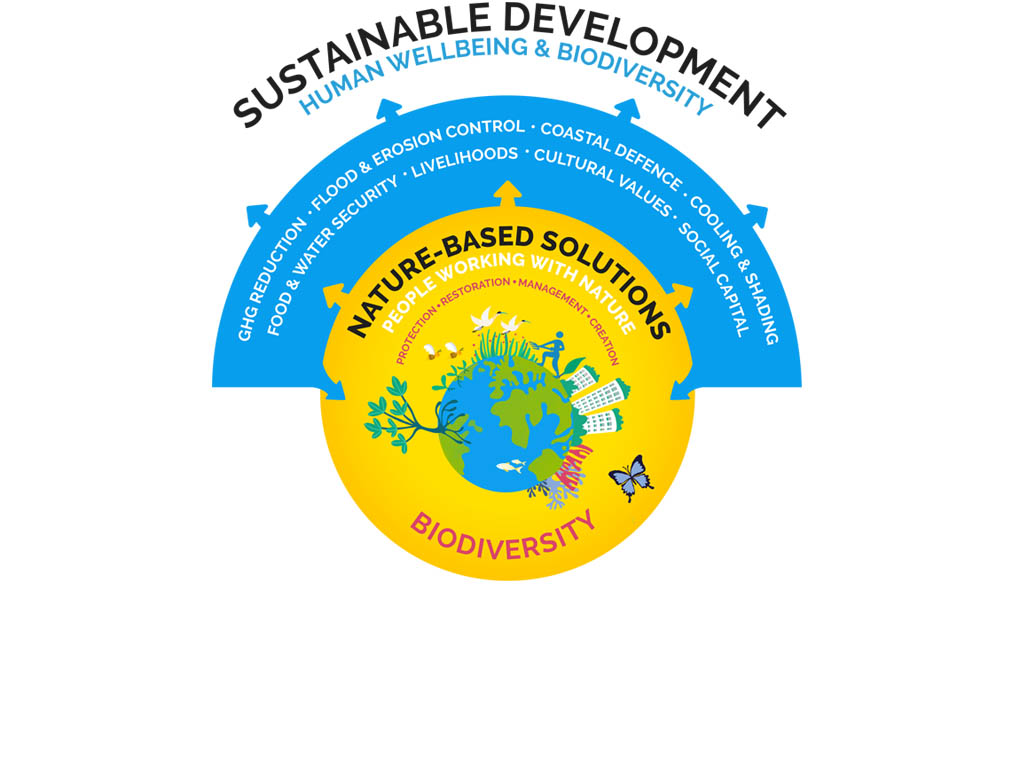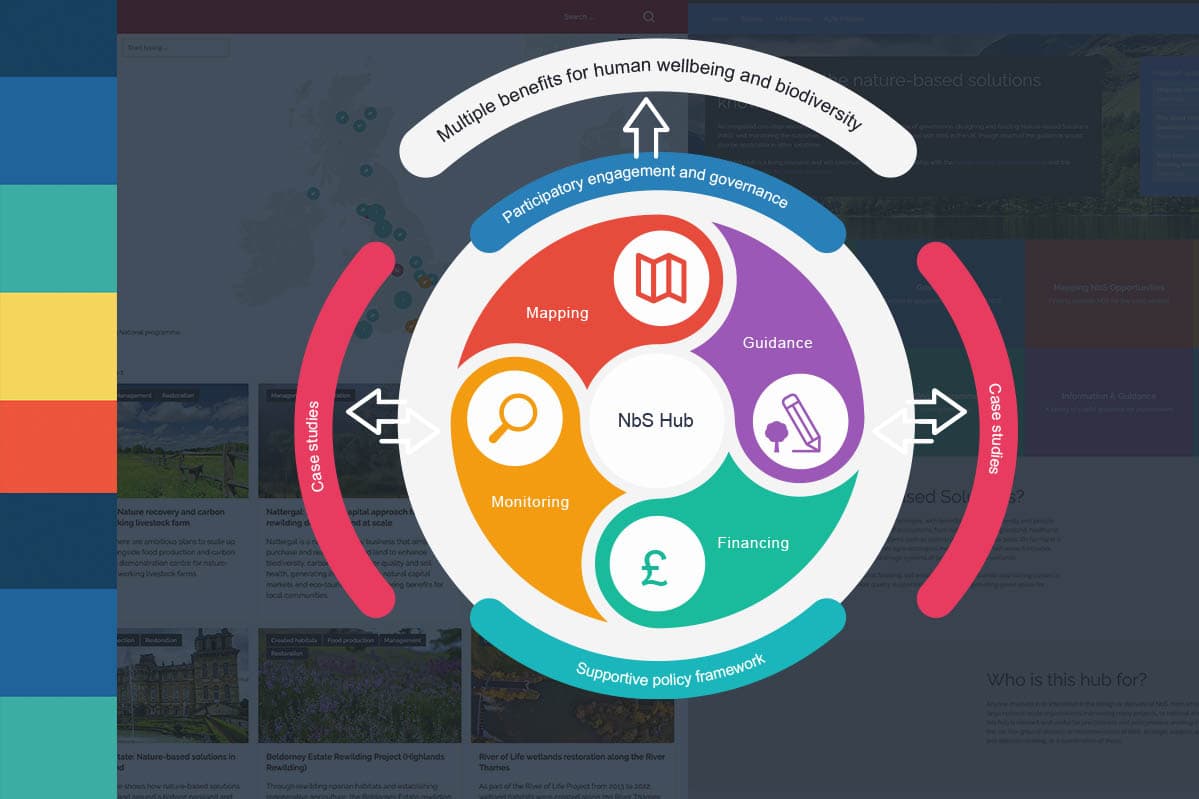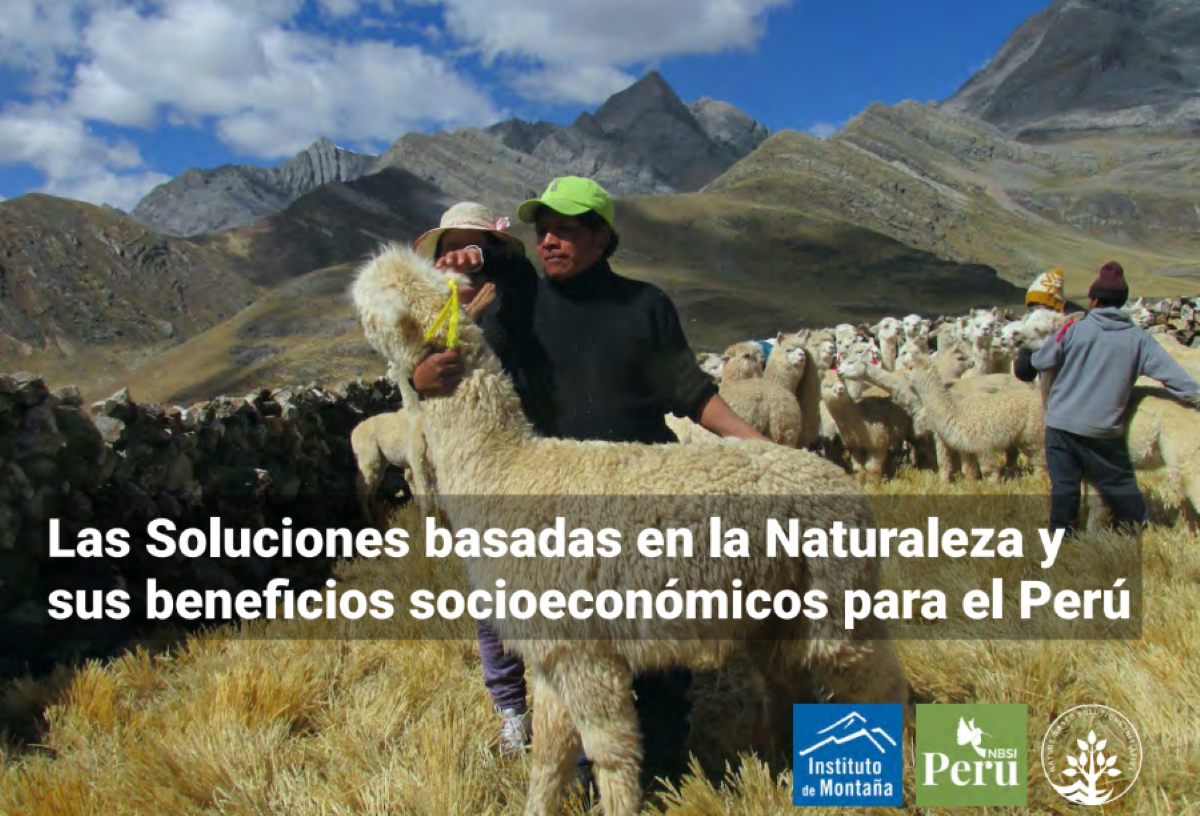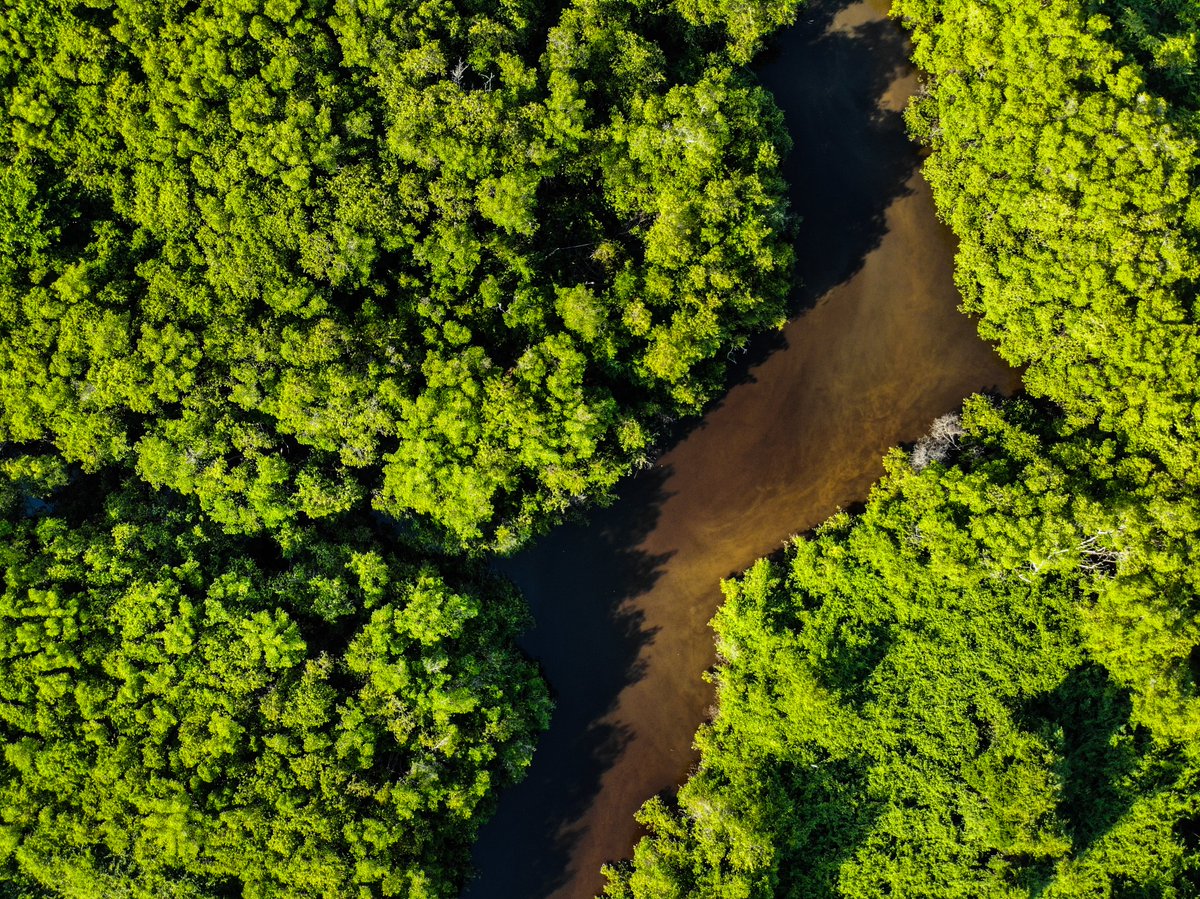Getting the message right on nature-based solutions

The role of nature-based solutions (NbS) in tackling the climate and nature crises has gained the world’s attention. They were high on the agenda at the World Economic Forum and the Climate Adaptation Summit last week, and will continue to be a central topic of discussion in the wake of COVID-19 and in the run-up to the CoP26 climate summit in November. However, confusion remains as to what exactly ‘counts’ as an NbS, how to deliver them successfully and their potential to contribute to different societal goals. Such lack of clarity has permitted the misuse of NbS for greenwashing by companies that drive climate change, and overemphasis on tree planting as a ‘silver bullet’ solution.
Our review, published today in Global Change Biology, provides clarity on how to ‘get the message right’ on NbS, to help enable large-scale investment in NbS and address the issues of greenwashing and poorly-planned projects. We provide a consensus on what comprises sustainable NbS, and present key recommendations on how to enable NbS to fulfill their potential and avoid their failure and misuse.
Key messages:
– Understanding of what NbS comprise has evolved over the last decade; we clarify the framing as ways of working with nature that are underpinned by biodiversity and led by local communities; people and nature co-produce ecosystem services (or Nature’s Contributions to People) which in turn benefit society and also feedback to support ecosystem health.
– The NbS concept has been co-opted to excuse business-as-usual fossil fuel use, and tree planting specifically has been over-emphasised as a ‘silver bullet’ solution to climate change. We collate examples of tree planting initiatives and public and private sector pledges for use of nature for climate change mitigation, and explain the potential pitfalls of such strategies, namely: distraction from decarbonising energy systems, oversight of non-forest ecosystems, and adverse impacts on local communities and biodiversity from poorly implemented projects.
– To sustainably scale NbS to address the biodiversity and climate crises, we identify three key needs:
- Practitioners, policymakers and researchers need to follow standardised principles and frameworks. We present four high-level guidelines which serve as policy guardrails:
- NbS are not a substitute for the rapid phase out of fossil fuels and must not delay urgent action to decarbonize our economies.
- NbS involve the protection and/or restoration of a wide range of naturally occurring ecosystems on land and in the sea.
- NbS are implemented with the full engagement and consent of Indigenous Peoples and local communities,including women and disadvantaged groups, and be designed to build human capacity to adapt to climate change.
- NbS support or enhance biodiversity, that is, the diversity of life from the level of the gene to the level of the ecosystem.
- These guidelines complement existing frameworks which fill different roles, for example, the IUCN Global Standard provides detailed guidance on designing, implementing and verifying NbS actions.
- More holistic approaches are needed to balance the trade-offs and maximise benefits from NbS. This involves 1) participatory design and implementation using diverse forms of knowledge, 2) using a landscape approach including interactions between ecosystems, 3) managing the full suite of benefits and trade-offs across landscapes and stakeholders, 4) implementing NbS as part of an integrated sustainability strategy across sectors.
- Filling the annual ~US$300 billion funding gap for nature will require innovative strategies for mobilising both private and public finance. There is an urgent need for regulation of carbon offsetting using NbS, including parties claiming offsets meeting stringent criteria for emission reductions throughout their operations, and adoption of standards for evaluating the quality of NbS projects. We also highlight a need for a typology that identifies the benefits and trade-offs of NbS interventions for different stakeholders. All these changes must be supported by a fundamental shift in the economy to a sustainable model.
Read the article here and the press release here.




